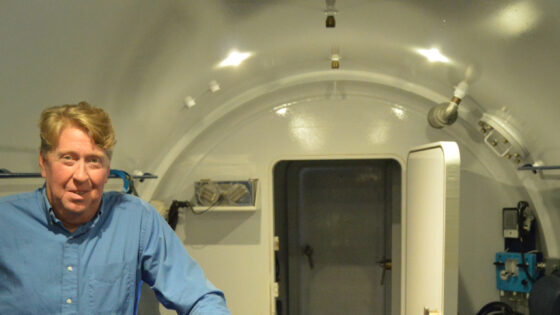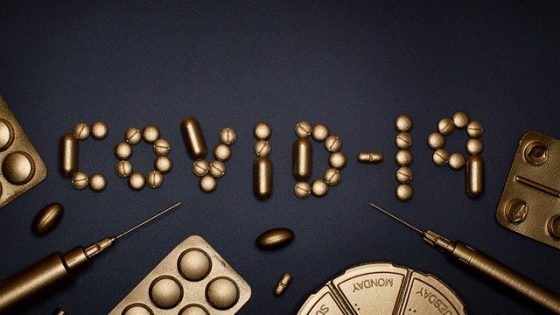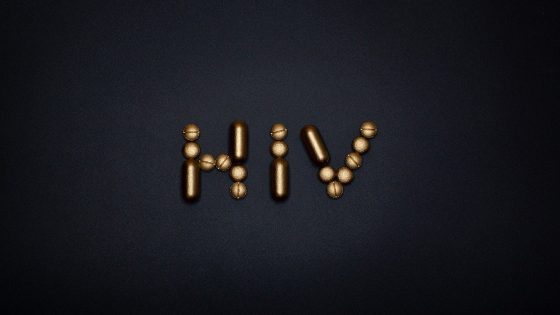CCSG
Funds awarded to certain U.S. institutions by the National Cancer Institute (NCI) for them to become cancer centers in the United States, based on scientific merit. The funds help the cancer centers improve the way they are run and develop new ways to prevent, diagnose, and treat cancer. To receive the award, one goal of the cancer center must be to turn clinical and basic research into better health care. Also called P30 Cancer Center Support Grant.
CD117
A protein found on the surface of many different types of cells. It binds to a substance called stem cell factor (SCF), which causes certain types of blood cells to grow. CD117 may also be found in higher than normal amounts, or in a changed form, on some types of cancer cells, including gastrointestinal stromal tumors and melanoma. Measuring the amount of CD117 in tumor tissue may help diagnose cancer and plan treatment. CD117 is a type of receptor tyrosine kinase and a type of tumor marker. Also called c-kit and stem cell factor receptor.
CD134
A protein being studied in the treatment of cancer. Substances that attach to CD134 on the surface of T cells (a type of white blood cell) may help the T cells grow and kill more cancer cells. CD134 is a type of tumor necrosis factor (TNF) receptor. Also called OX-40.
CD20
A protein found on B cells (a type of white blood cell). It may be found in higher than normal amounts in patients with certain types of B-cell lymphomas and leukemias. Measuring the amount of CD20 on blood cells may help to diagnose cancer or plan cancer treatment. CD20 is a type of tumor marker. Also called CD20 antigen.
CD20 antigen
A protein found on B cells (a type of white blood cell). It may be found in higher than normal amounts in patients with certain types of B-cell lymphomas and leukemias. Measuring the amount of CD20 antigen on blood cells may help to diagnose cancer or plan cancer treatment. CD20 antigen is a type of tumor marker. Also called CD20.
CD30 protein
A protein found on some T cells and B cells (two types of white blood cells). It is a receptor for a protein called tumor necrosis factor, which is involved in cell growth and cell survival. The CD30 protein may be found in higher than normal amounts on some types of cancer cells, including lymphoma cells. Knowing how much CD30 protein is on a patient’s cancer cells may help diagnose cancer and plan treatment. The CD30 protein is a type of tumor necrosis factor receptor and a type of tumor marker.
CD33 positive
Describes cells that have a protein called CD33 on their surface. In normal cells, CD33 is involved in cell signaling, cell adhesion, and cell growth. Cancer cells that make too much CD33 may grow more quickly. Knowing whether a cancer is CD33 positive may help plan treatment. Cancers that may be CD33 positive include acute myeloid leukemia and some types of lymphoma.
CD34 antigen
A protein found on the surface of some bone marrow and blood cells.
CD4-positive T lymphocyte
A type of immune cell that stimulates killer T cells, macrophages, and B cells to make immune responses. A CD4-positive T lymphocyte is a type of white blood cell and a type of lymphocyte. Also called helper T cell.
CD40-ligand
A substance that is being studied in the treatment of cancer. It binds to certain immune cells and may suppress cancer growth.













